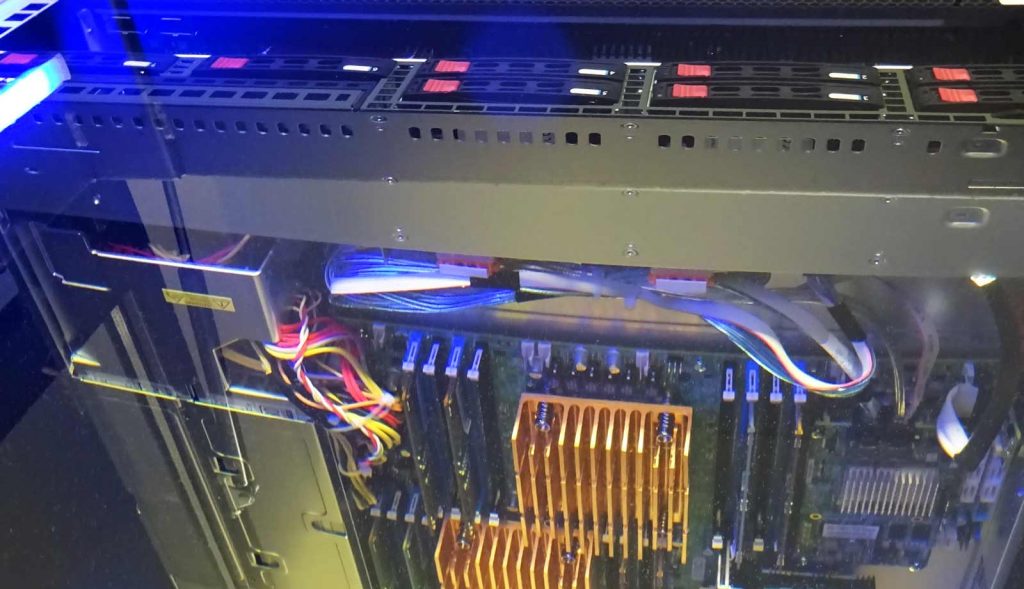Liquid immersion cooling offers benefits that water cooling can not deliver
Can liquid immersion cooling deliver the benefits that water cooling could not?
Firstly, and most importantly liquid immersion cooling is not the same as water cooling. Liquid immersion delivers benefits that water cooling could not provide – efficiency, safety, and durability of the components and ensuring resource sustainability.
Liquid immersion cooling technology increasingly is being adopted by top data centres to keep their servers and other components as cool as possible. This data cooling technology involves at least partly submerging the data centre components into a thermally conductive but non-electric conductive liquid, which is also referred to as a dielectric fluid. It is a cooling technology that has become common in data centres that want to keep their components cool in an effective, innovative, and reliable manner. With liquid immersion cooling fans are not needed, heat exchange happens in the heat exchanger, something that makes it energy-efficient and an ideal technology for data centres looking to reduce their power costs and carbon footprint.
Despite these characteristics, there are still misconceptions that liquid immersion cooling is the same thing as water cooling. The fact of the matter is that the two are different with the main difference being the fact that liquid immersion cooling uses direct heat transfer.
When it comes to water cooling, the risk of the fluid being harmful to the electronic components of the data centre means that it cannot come into contact with the heat source; instead, it flows through a sealed isolated loop.
Here is the difference
Liquid immersion cooling, as mentioned earlier, relies on non-conductive liquid, one that cannot harm the component or conduct electricity; interfering with the functioning of the components and servers in a data centre. With different types of liquid immersion cooling available such as single-phase, this coolant stays in the same state meaning it will not freeze or boil. The pumping action allows heat to be transferred to a cooler circuit completing the cooling process. In a two-phase liquid immersion cooling system or what is also referred to as evaporative cooling; the fluid normally boils meaning that the coolant will be in both liquid and gaseous state. Heat energy will help in boiling the coolant and turning it into a gas which then rises above the fluid pool and condenses. The condenser will be cooler than the saturation temperature leading to the gas turning back into a liquid state and falling back into the pool. “Rain” falls into the system essentially keeping all the components and servers cool.
Disadvantages of water-cooling
The possible presence of impurities in water accelerates the corrosion of parts that are being cooled and given that temperatures make the reaction proceed rapidly one can only imagine the damage that this will have in the components being cooled.
The corrosive nature of water means that additional resources need to be used; this increases the cost of running a data centre. With liquid immersion cooling, this is not the case as no additional resources are required to protect the components and servers in a data centre.
Conclusions
Modern data centre cooling technologies are aiming at becoming highly effective in resource consumption. As the water crisis exacerbates in different parts of the world, reduction of its consumption especially in industrial use as it happens in data centres can go a long way in ensuring its sustainability. This is what adoption of liquid immersion cooling guarantees, ensuring effectiveness and efficiency in data centres, optimal protection of components and servers, and minimisation of resource usage.

